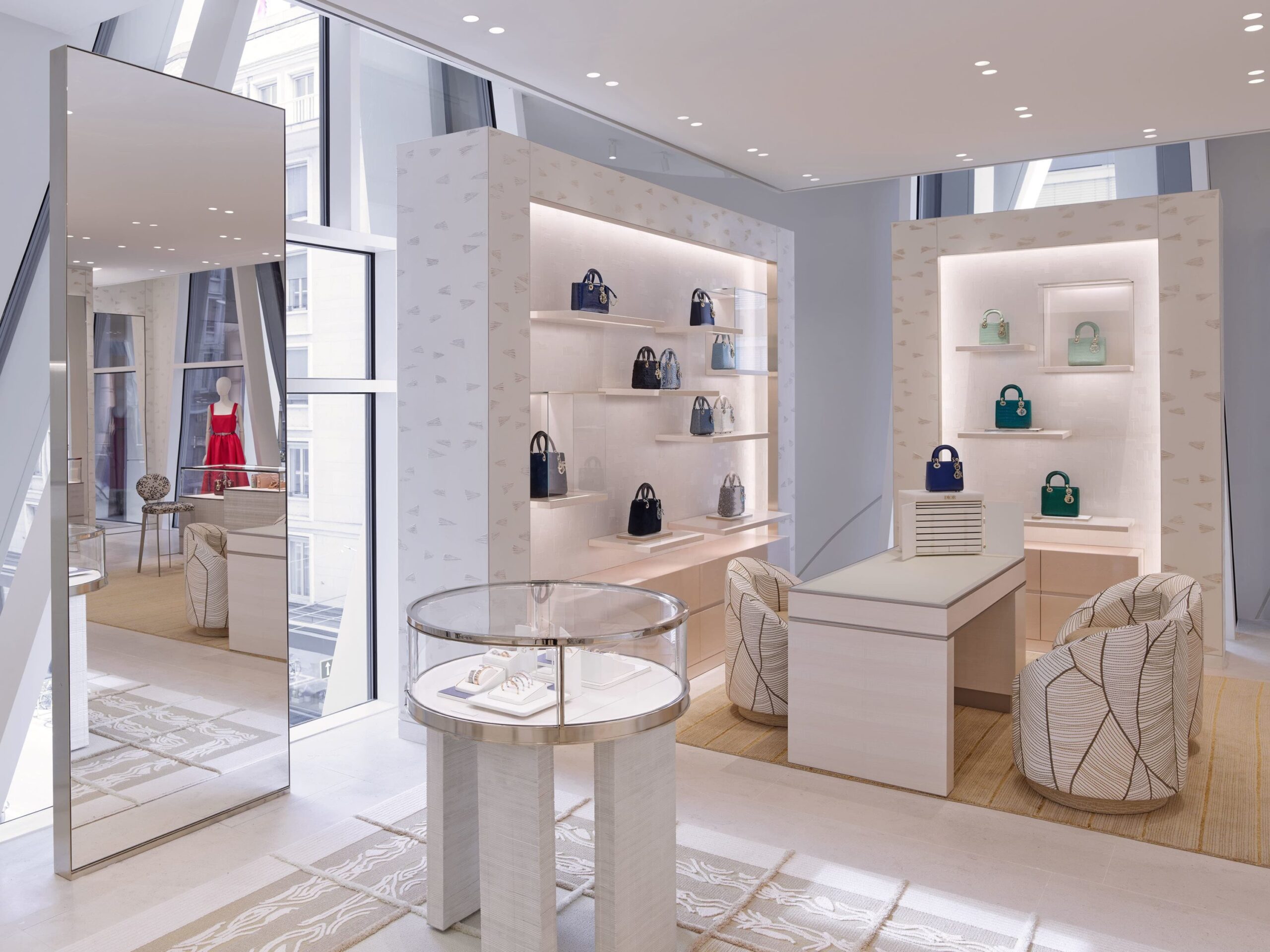Luxury brand Hermès, renowned for its Birkin bags, reported a 13% increase in sales during the second quarter. This demonstrates the enduring demand for high-end products among affluent consumers, even as economic pressures affect those with lower incomes.

The French group’s positive earnings report starkly contrasts the gloomy outlook presented by competitors Kering and LVMH. These underwhelming results have heightened investor anxiety about the luxury industry’s prospects in the coming months.
Hermès’ reputation as a luxury powerhouse is underpinned by its iconic styles and careful inventory management, which have contributed to the brand’s consistent success. CEO Axel Dumas confirmed that consumer trends remain strong.
Bernstein analyst Luca Solca says Hermès’ iconic leather goods division continues to be a significant growth engine, expanding by 17.9%.
Hermès is experiencing a slight decrease in foot traffic from customers aspiring to luxury brands, which is affecting the sales of products like silk scarves.
This led to a 5.6% decline in sales for the group’s smaller silk and textiles division during the quarter. Overall, total sales at the French luxury group rose to 3.7 billion euros ($4.02 billion), marking a 13% organic sales increase that excludes currency fluctuations. This figure met analyst expectations, as per a Visible Alpha consensus.
Operating profit for the first half was 3.1 billion euros, slightly below the forecast of 3.2 billion euros from consensus provider Visible Alpha.
Hermès reported a robust 19.5% sales growth in Japan, driven by a surge in tourist spending, primarily by Chinese shoppers. The broader Asia Pacific region also saw positive results, with a 5.5% increase.
The Chinese economy is struggling with a property downturn and job losses, which have combined to weaken consumer spending on luxury items. This comes after a period of solid growth immediately following the lifting of COVID-19 restrictions.
According to Dumas, Hermès Chinese clientele maintained their buying habits within the country. Unlike its competitors, the company relied predominantly on domestic consumers for its Japanese sales rather than tourist spending.

Dumas highlighted the emerging trend among Chinese consumers for luxury items that emphasise quality over conspicuous branding. He believes this development is advantageous for Hermès.
Consultancy Bain revealed a growing trend among China’s affluent for more discreet fashion choices. As the country faces economic hardship, the ultra-rich are becoming more cautious about displaying their wealth.
Dumas highlighted the unexpected strength of the U.S. market, with sales surging 13% year-over-year in the second quarter, outpacing the 11.8% growth in the first quarter.
Hermès has been a standout performer in the luxury sector, with its share price gaining nearly 6% this year. Meanwhile, LVMH and Kering have faced investor headwinds, resulting in share price losses of almost 10% and 30%.
The luxury sector has encountered headwinds, with LVMH and Kering missing quarterly earnings targets. Kering has provided a bleak outlook, indicating that weak sales from June have carried over into July.
The luxury sector is undeniably facing a period of turbulence. Economic uncertainties, changing consumer behaviours, and increased competition are putting pressure on even the most established brands. The divergence in performance between Hermès and its peers underscores the importance of a clear brand identity and a deep understanding of the target audience. As the industry navigates these challenges, it will be fascinating to observe how Hermes maintains its momentum and whether other luxury houses can emulate its success.


